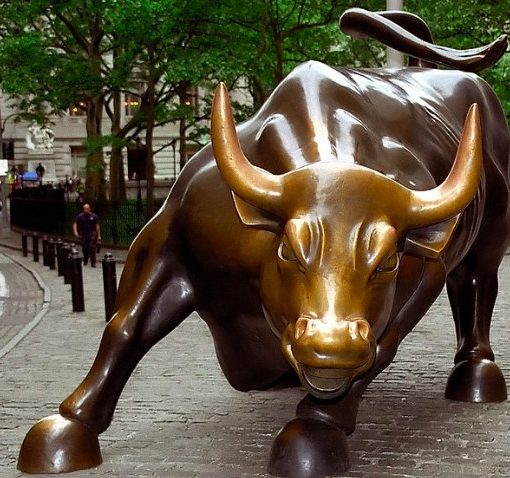The U.S. stock market will be closed next Monday for Presidents Day, so it might be a good time to step back and see how the so-called presidential cycle is playing out so far this year.
Investors have endured a rocky start to 2014, but an early pullback isn’t uncommon during the second year of the presidential cycle. The silver lining is that a fourth-quarter rally often follows an early-year correction.
Of course, investors shouldn’t count on history repeating itself exactly. Still, studying market history can help provide important context.
“Since WWII, mid-term election years have seen pullbacks, corrections and bear markets conclude within these years, and that these declines averaged 20%,” according to a recent note by Sam Stovall, chief equity strategist at S&P Capital IQ. “Much of this ‘mid-term mayhem’ is due to its placement within the presidential cycle.”
The greatest number of notable declines since 1945 were clustered in the mid-term election year, or the second year of the presidential cycle, he said.
Sy Harding’s Street Smart Report notes the second-year pullbacks tend to be worse when there was no correction in the first year of the cycle, and when the market, investor sentiment, and valuations had become quite extreme.
Indeed, it has been well over two years since the S&P 500 has suffered a 10% correction.
“The good news is that since at least 1918, there has been a significant rally from the low in the second year of the cycle to the high the following year, a rally in which the Dow gained an average of 50%,” Harding added.
Ryan Detrick, senior technical strategist at Schaeffer’s Investment Research, points out that the second year of the presidential cycle has consistently seen major weakness to start the year. The below chart below goes back to 1978.
Source: Schaeffer’s Investment Research
“In fact, the average year is actually negative as late as early October, before a good end of year rally,” Detrick writes. “We’ve heard a lot how year two of this cycle usually sports a wicked Summer/Fall sell-off, before a bull move usually to new highs.”
Since 1944, the second year of the presidential cycle averages a 5.3% gain for the S&P 500, compared with 16.1% for the third year, according to S&P Capital IQ.
The third year sees the blue-chip index gain 88% of the time; the second year, only 59%, according to a WSJ.com report. “The second-year subpar performance is actually even worse for the first nine months of the year; losses average 0.5% then,” according to the report.
Again, history never repeats precisely, but investors shouldn’t be completely surprised by stock-market weakness during the first three quarters of 2014, followed by a year-end rally.
Photo Credit: jimbowen0306
Disclaimer: The information in this material is not intended to be personalized financial advice and should not be solely relied on for making financial decisions. All investments involve risk and various investment strategies will not always be profitable. Past performance does not guarantee future results.




